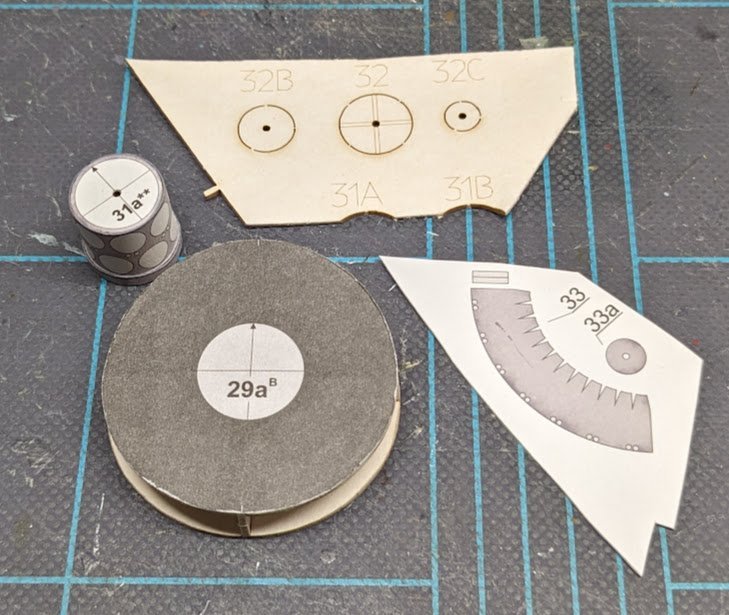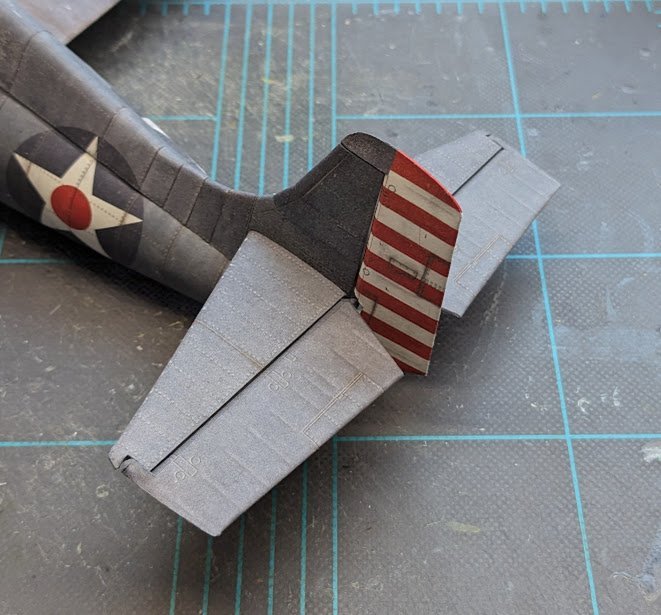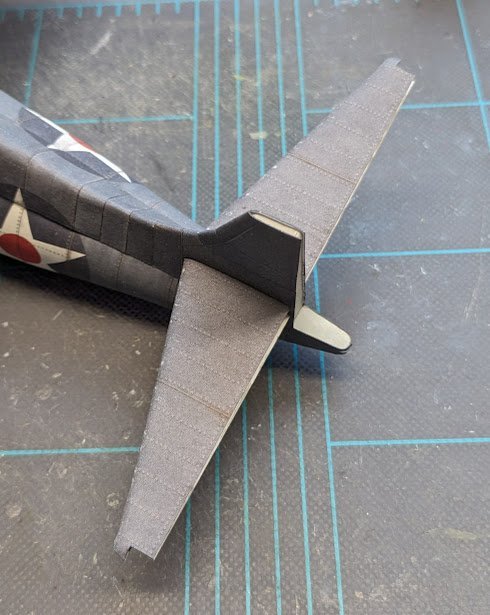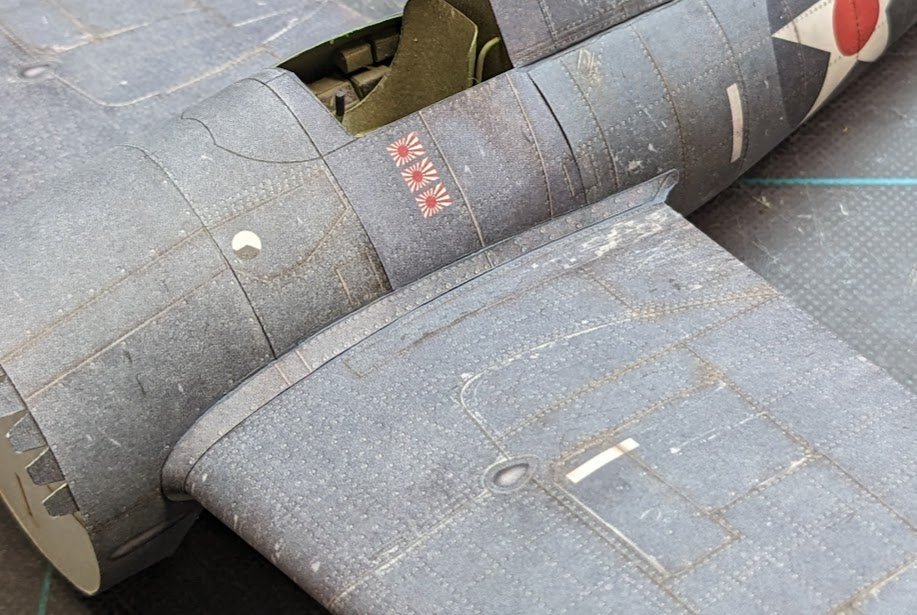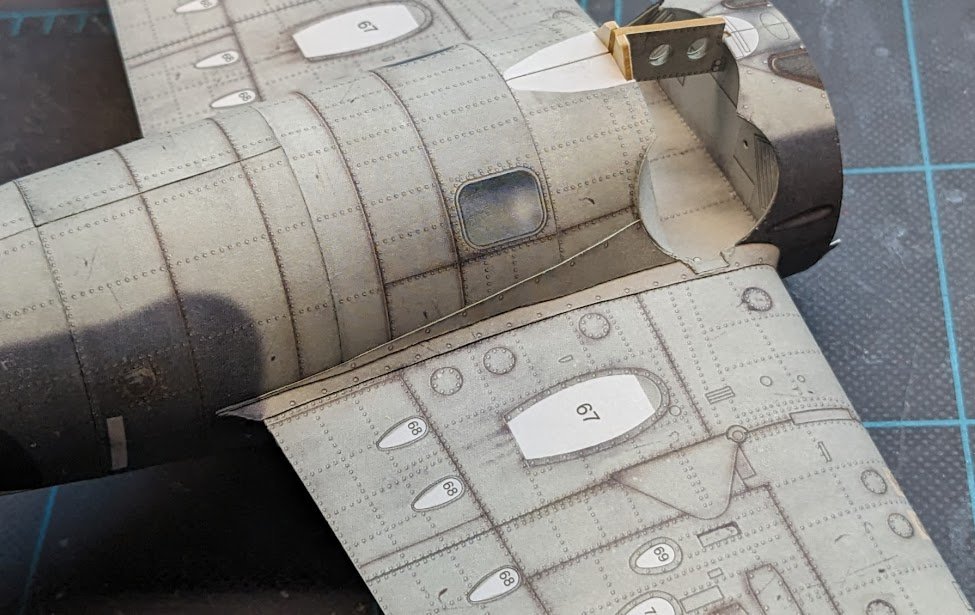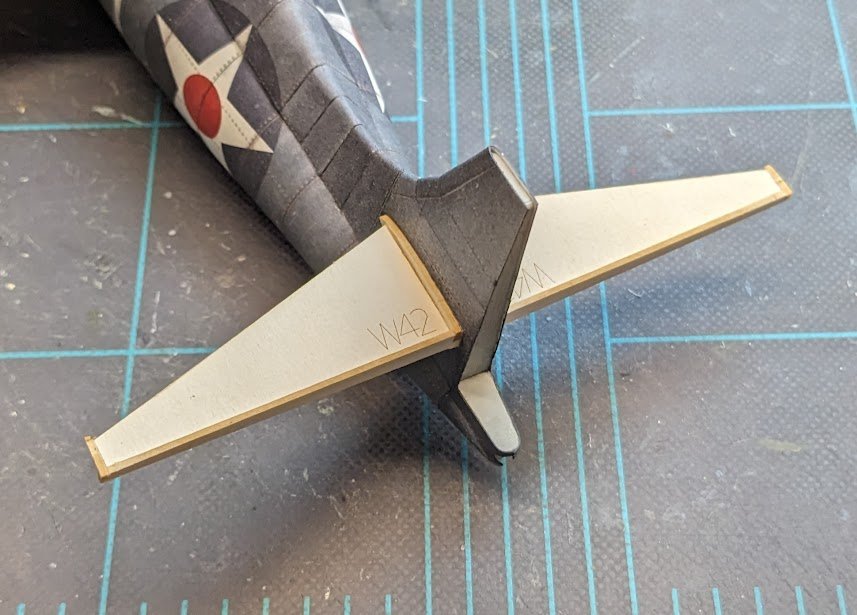-
Posts
10,545 -
Joined
-
Last visited
Content Type
Profiles
Forums
Gallery
Events
Everything posted by ccoyle
-
Congratulations on a nice result!
- 21 replies
-
- Muscongus Bay Lobster Smack
- Model Shipways
- (and 2 more)
-

Anyone out there working on a card model?
ccoyle replied to gagliano1770's topic in Card and Paper Models
Most recent cell phone models have some kind of translation app on board. My Android phone has Google Lens. Your kit is an older kit published by Wilhelmshavener. I'm guessing it's hand-drawn and probably a little light on the instructions/diagrams -- probably not too detailed, either. -
Clever idea with the styrene rod -- looks good!
- 45 replies
-
- Earnslaw
- Paper Shipwright
-
(and 2 more)
Tagged with:
-
Hope you feel better soon. I've had COVID twice -- it's a good time to catch up on sleep.
- 12 replies
-
- Muleta de Seixal
- Seahorse
-
(and 1 more)
Tagged with:
-
To paraphrase Crocodile Dundee: "That's a model!"
- 454 replies
-
- Union Steamship Company
- Stepcraft 840
-
(and 3 more)
Tagged with:
-
I missed the completion of this one. You did a fine job!
- 23 replies
-
- boston whitehall tender
- rowboat
-
(and 3 more)
Tagged with:
-
You're off to a good start. Two tidbits of information regarding photos: 1) We have an onboard photo resizer -- the control panel for that will pop up when you double-click on the photo after you insert it; 2) You can add multiple photos to each post if you'd like. Cheers! P.S. Photo size is a matter of taste. I resize all of my photos to 640 x whatever to keep them a uniform width -- medium-sized photos seem just about right to my eye.
- 8 replies
-
- San Francisco
- cross-section
-
(and 1 more)
Tagged with:
-
Update: Fillets are done. These are always a tricky part of any airplane build, and these were even trickier than usual because there is a cutout for the wheel wells that leaves a strip only about 1 mm wide at that point for attachment. And now we go back to the empennage. So far, I have only finished off the internal frames for the horizontal stabilizers. That's all for now!
-

Midwest Maine Peapod for Next Build?
ccoyle replied to JacquesCousteau's topic in Wood ship model kits
Someone with personal knowledge of this kit can correct me if I'm wrong, but I suspect that this kit isn't 'planked' in a manner that will be applicable to the more usual POB or POF types of models. It is probably built over a mold, and the internal structure is added after the basic hull is removed from the mold. Cool boat, though. -

F4-D Phantom by rvchima - FINISHED - Dumas - 1/25 Scale
ccoyle replied to rvchima's topic in Non-ship/categorised builds
Check this pinned topic for a reminder. But don't fret -- I don't keep a record of past violations! 😉 -
Welcome aboard! Where are you ex-patting from/to?
-
They look great -- well worth the effort!
- 200 replies
-
- Whaling Bark
- Charles W Morgan
-
(and 1 more)
Tagged with:
-

F4-D Phantom by rvchima - FINISHED - Dumas - 1/25 Scale
ccoyle replied to rvchima's topic in Non-ship/categorised builds
Wow, great job! (I had to delete your tags, though. We don't use tags other than 'done' in this area.)
About us
Modelshipworld - Advancing Ship Modeling through Research
SSL Secured
Your security is important for us so this Website is SSL-Secured
NRG Mailing Address
Nautical Research Guild
237 South Lincoln Street
Westmont IL, 60559-1917
Model Ship World ® and the MSW logo are Registered Trademarks, and belong to the Nautical Research Guild (United States Patent and Trademark Office: No. 6,929,264 & No. 6,929,274, registered Dec. 20, 2022)
Helpful Links
About the NRG
If you enjoy building ship models that are historically accurate as well as beautiful, then The Nautical Research Guild (NRG) is just right for you.
The Guild is a non-profit educational organization whose mission is to “Advance Ship Modeling Through Research”. We provide support to our members in their efforts to raise the quality of their model ships.
The Nautical Research Guild has published our world-renowned quarterly magazine, The Nautical Research Journal, since 1955. The pages of the Journal are full of articles by accomplished ship modelers who show you how they create those exquisite details on their models, and by maritime historians who show you the correct details to build. The Journal is available in both print and digital editions. Go to the NRG web site (www.thenrg.org) to download a complimentary digital copy of the Journal. The NRG also publishes plan sets, books and compilations of back issues of the Journal and the former Ships in Scale and Model Ship Builder magazines.



